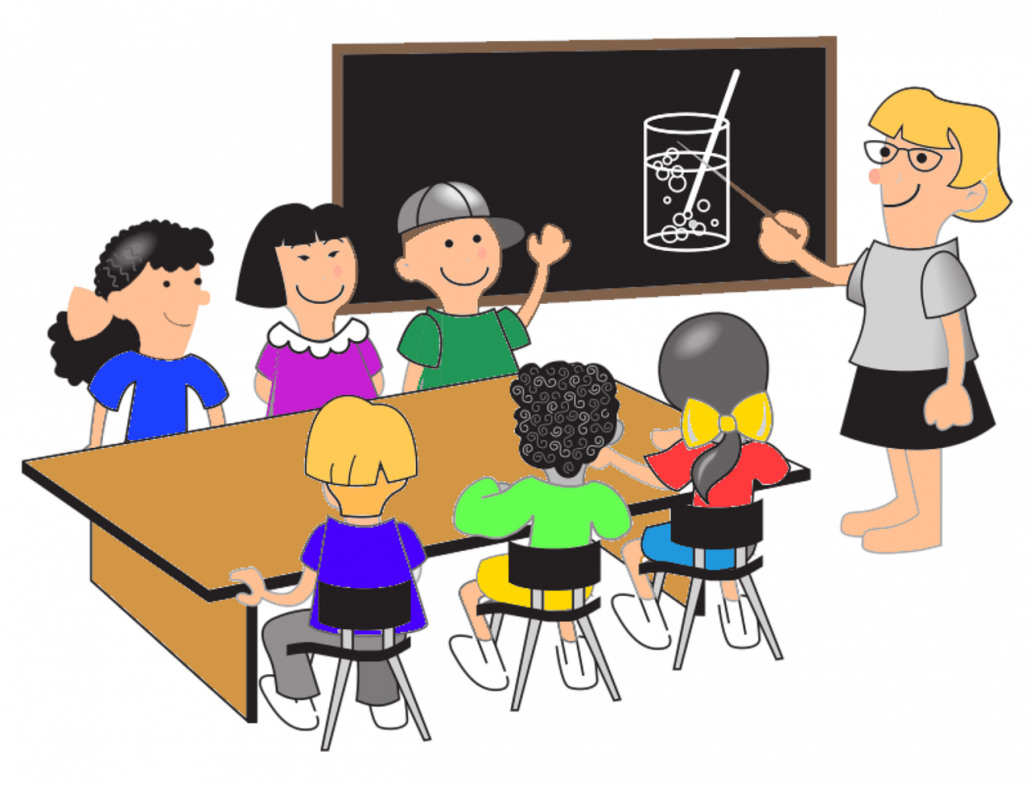Behavioral Techniques for Children with Learning Disabilities
When it comes to education, there are few things that make or break a lesson like behavior management. Instruction is only as good as a student’s ability to receive it. If behaviors are out of control, the learning environment will be undoubtedly compromised. With classrooms of 30 or more students, effective behavior strategies can range far and wide—just like the many personalities in the classroom. While it may often come down to trial and error, some specific behavior techniques are known to be more effective for students with learning disabilities.
One important aspect of behavior management for students with learning disabilities is to create a classroom environment that is structured, but not rigid. Structure provides students with distinct expectations, both academic and behavioral. To set a standard or expectation from the beginning is a proactive way of staving off unsavory behaviors before they even emerge. However, as we all know, behaviors are typically an effect of some specific emotion. When emotions or reactions take over, especially for students with learning disabilities, it is beneficial that educators have a repertoire of behavioral techniques to try.
For students with ADHD…
Consider what is and is not within the child’s control before issuing a punishment or redirection. A child with ADHD is often impulsive and unaware of his or her own outbursts or comments. There is a difference between a child who is disruptive and a child with attention issues who is not intentionally troublesome. Therefore, the behavior techniques for an interruption must fit the circumstances. Instead of harping on the outburst immediately, as in the case of a disruptive student, give the student a silent cue to remind him or her of appropriate behavior in the class setting. Often times, simply making eye contact with a child will remind him or her to think and raise a hand before speaking out.
Another helpful behavior technique for students with attention issues is to use proximity. When a student is placed closer to the adult in the classroom, he or she will be more inclined to listen, track the speaker, and remain focused. Proximity also helps to remind students that they are in plain view of the teacher at all times. This technique assists when executive functioning is compromised and a student’s focus strays easily.
If a student with ADHD seems unusually fidgety or distracted, allow him or her to take a brain break. This one to three-minute movement break allows students to expel pent up energy or anxiety. The small time gap of movement also helps students to refocus and check back in if attention has been lacking.
For students with non-verbal learning disabilities…
Create a simple, structured outline for the day’s lesson. This will help a student who struggles to transition from task to task, or becomes easily frustrated if he or she feels “left behind.”
An outline or small sticky note indicating the day’s lesson will also prevent a student’s need to ask repetitive or unnecessary questions. These behaviors are typical for student with a non-verbal learning disability (NVLD)—including the inability to read facial expressions or interpret body language.
A student with a NVLD may also appear clumsy, careless, or uncoordinated. Preferential seating, either close to the teacher’s desk, pencil sharpener, door, etc., helps keep this type of learner from unnecessary roaming.







